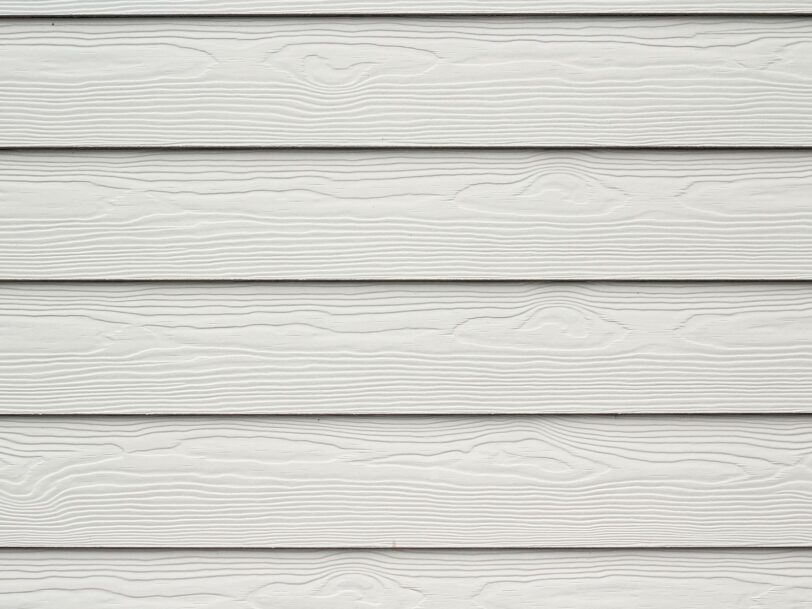How To Plan and Prepare For Your Siding Installation

Hiring a siding contractor to install your new siding is a big decision. It’s expensive, it takes time and effort, and you have to be sure that your home is ready for it. That’s why we’re here to help! In this guide, we’ll walk you through the process of preparing for siding installation: from choosing the right style of siding for your home to getting the house ready for your new exterior.
Consider Your Home’s Style and Design
When planning the installation of your siding, it’s important to consider your home’s style and design. What kind of siding is appropriate for your home? How will it look with the rest of the house? What color scheme should be used? You may also want to think about how you want your new siding to look. Will you go with something traditional or modern? And what kind of design would complement these choices best?
The answers to these questions can help determine which type of material will work best on your property and ultimately make sure that everything matches up perfectly when we get started!
Choosing the right siding
When you’re planning your siding installation, it’s important to choose a product that will complement the style of your home. There are a lot of options out there and they all have pros and cons. For example, vinyl siding is durable but not as energy efficient as wood or stucco; while aluminum can be easily maintained but may not last as long as steel or fiber cement siding.
To help determine which type of material best suits your needs our siding contractors suggest to ask yourself these questions:
Does my house need quick maintenance? How much time am I willing to spend on upkeep? If the answer is “a lot,” then consider choosing something low-maintenance like vinyl or aluminum rather than wood (which needs regular painting). On the other hand if you don’t mind spending some extra time keeping up appearances every few years then go for something more permanent like bricks or stone masonry instead!
Decide on a Budget
The first thing you need to do is decide on a budget. You can’t plan for an installation until you know how much money you have to work with, so this is one of the most important steps in the process.
If you’re handy with tools and have some experience working with siding, there are some things that can be done by yourself or with help from friends and family members. This will save money on labor costs–and who doesn’t love saving money?
You should also keep in mind that hiring a good contractor will save even more cash than doing it yourself because they’ll do such good work that they won’t need as many materials or supplies as someone less experienced would use (and therefore cost less).
Preparing your home for siding installation Before you start the siding installation process, it’s important to make sure your home is ready for the job.
- Remove any loose debris from your yard and clean out gutters and downspouts.
- Remove any plants or shrubs that might get in the way of workers installing new siding on your home.
- Make sure your home is level so that when they install new vinyl siding, it’s not crooked or uneven looking when they’re done with it!
The last thing they want to do is spend hours working on something only to have it look bad because of poor preparation beforehand!
Choose a Siding Contractor and Schedule an Appointment
Once you’ve chosen the siding that best fits your needs, it’s time to find a contractor. Before signing on with any company, make sure they are licensed and insured. You will also want to ask about their experience installing the type of siding that you have chosen. Ask for references from previous clients and check them out before making an appointment with the contractor.
If they offer warranties on their work, make sure you understand what is covered under this warranty so there are no surprises later on down the line when something goes wrong (and odds are it will). How long has this company been around? Are they reputable?
With the proper preparation, you can get your siding installed with ease.
The best way to ensure your siding installation goes smoothly is to prepare your home for the project. You’ll want to make sure that there are no obvious safety hazards, such as loose wires or nails sticking out of walls. If there are any problems with these items, they will need to be fixed before the siding can be installed.
Choosing a contractor and scheduling an appointment are also important steps in planning for your new siding installation. The right contractor can make all of the difference in how smoothly everything goes once they get started on their end!
We hope this article has helped you understand the process of siding installation and how to prepare for it. The key to success is planning ahead and knowing what to expect from your contractor. If you feel overwhelmed by all the information in this article, don’t worry! We offer free consultations to help homeowners understand their options when it comes time for new siding installation work.